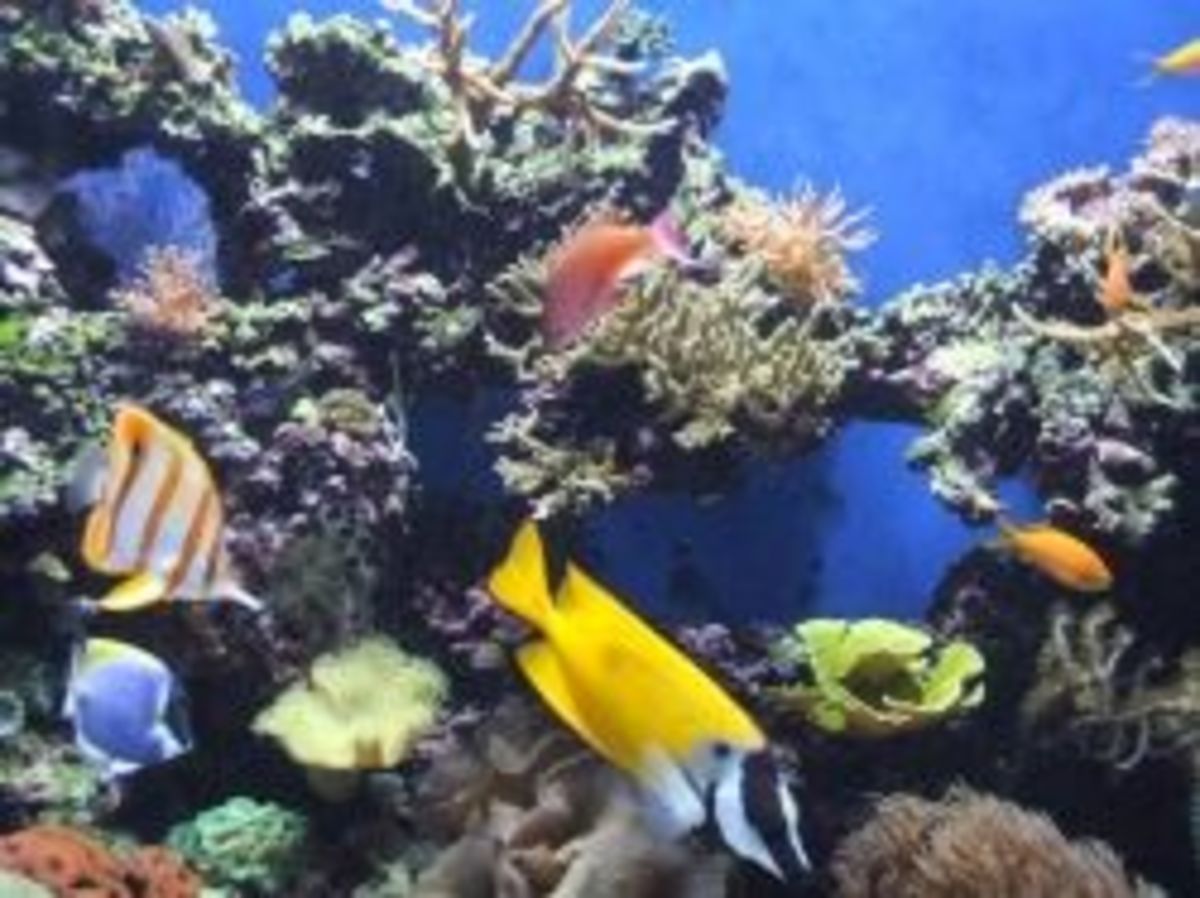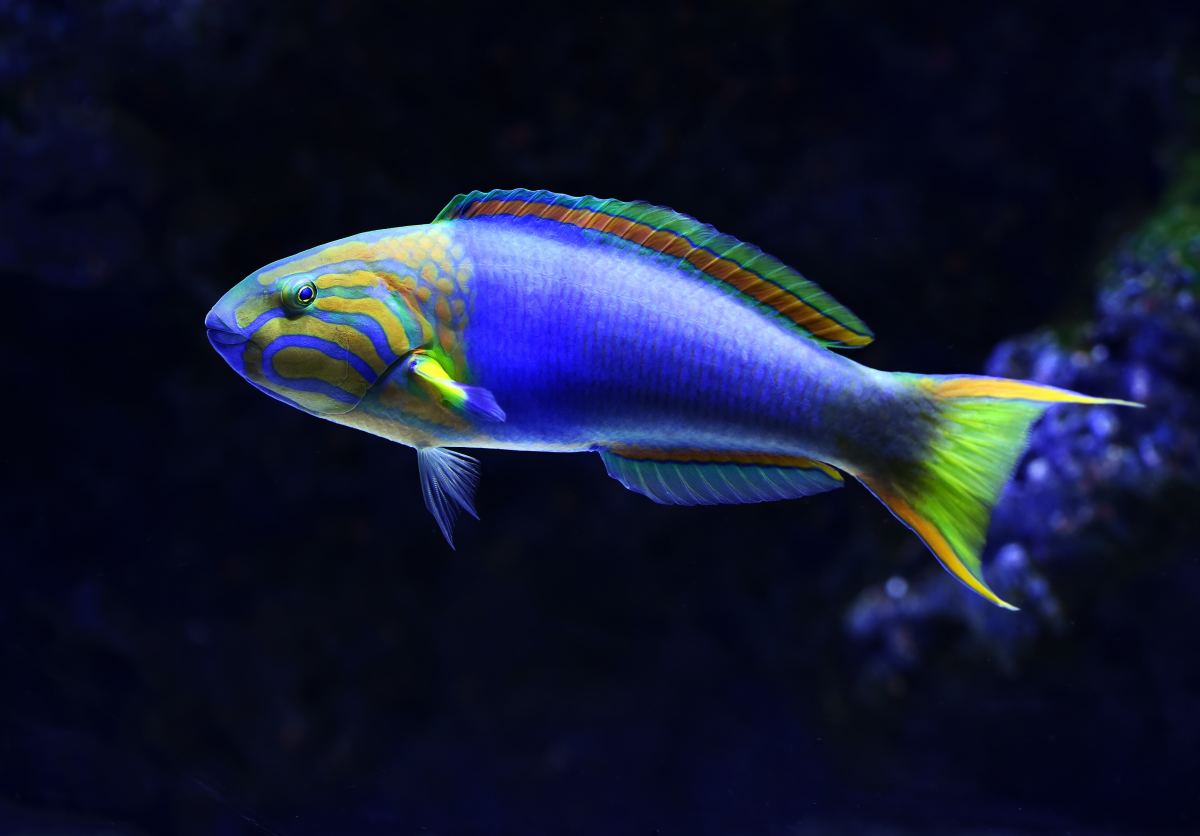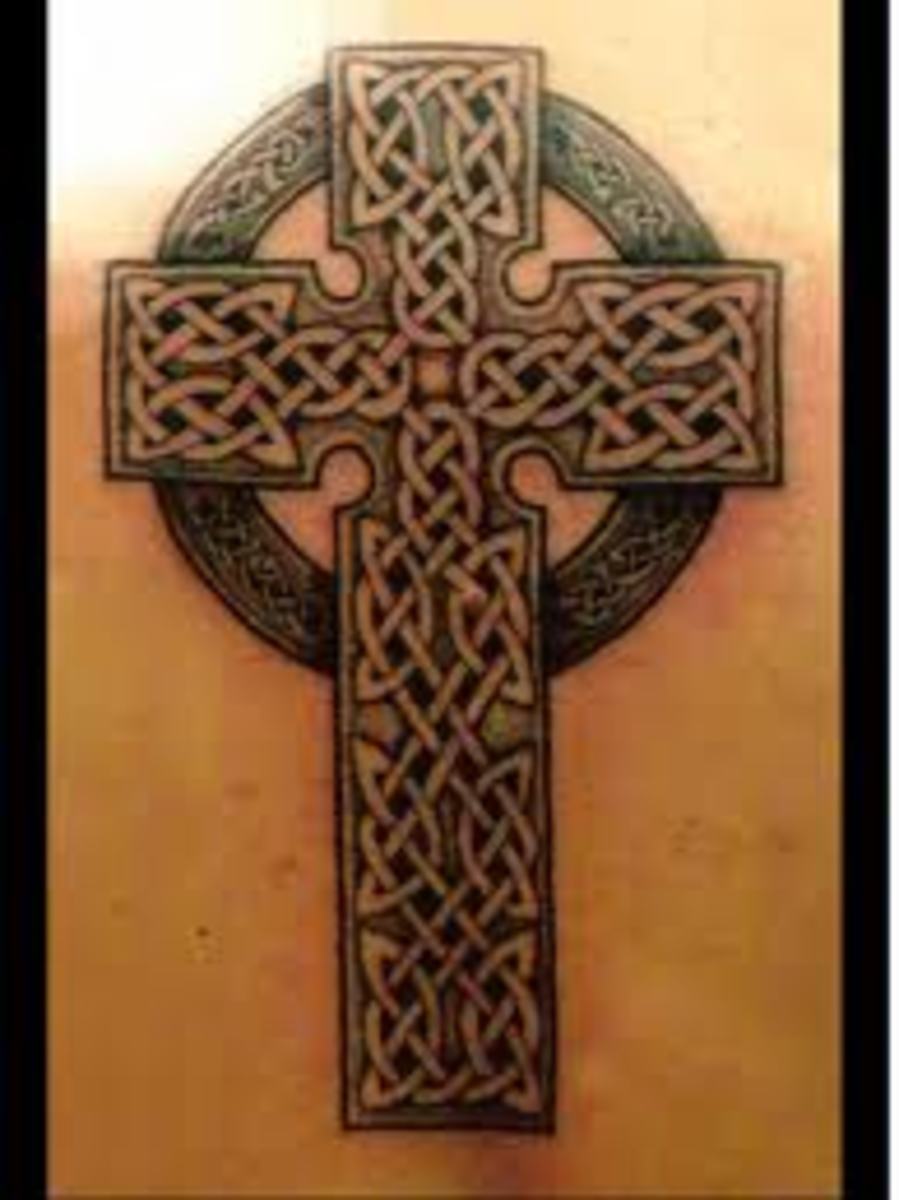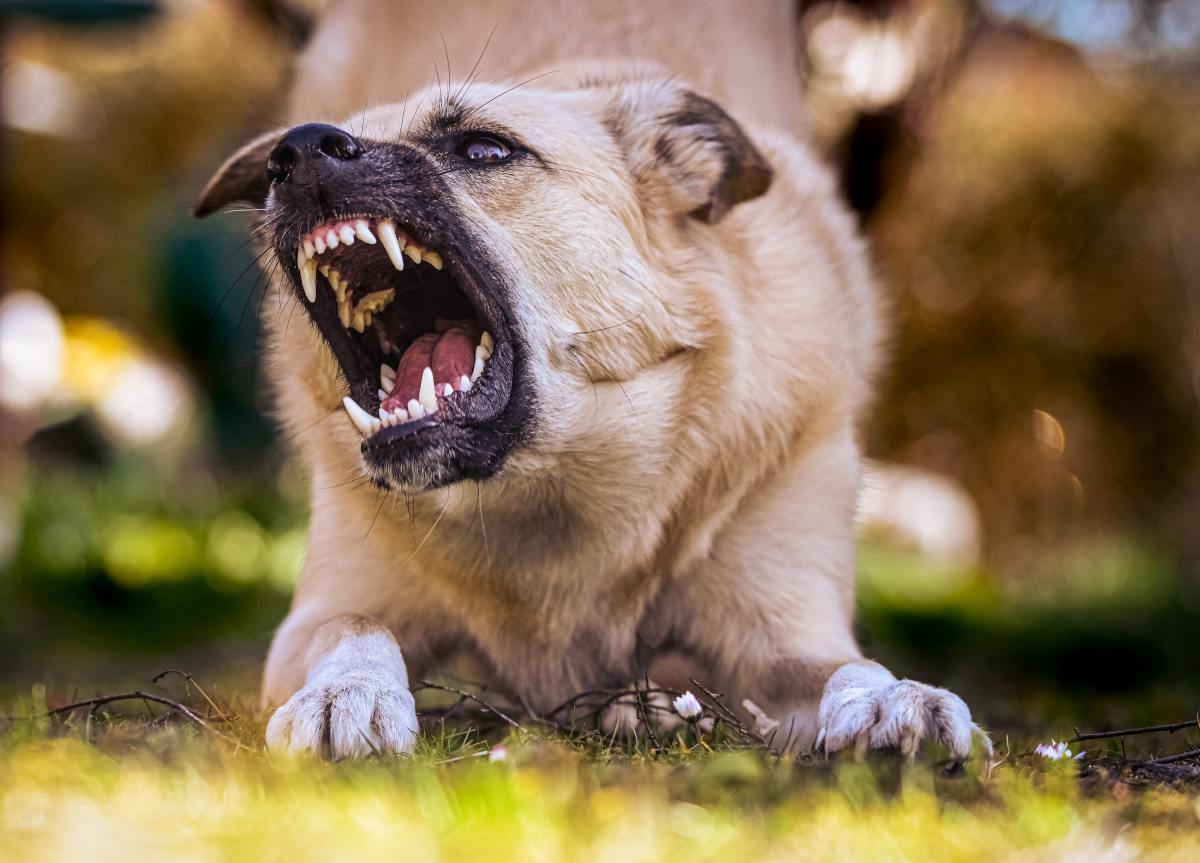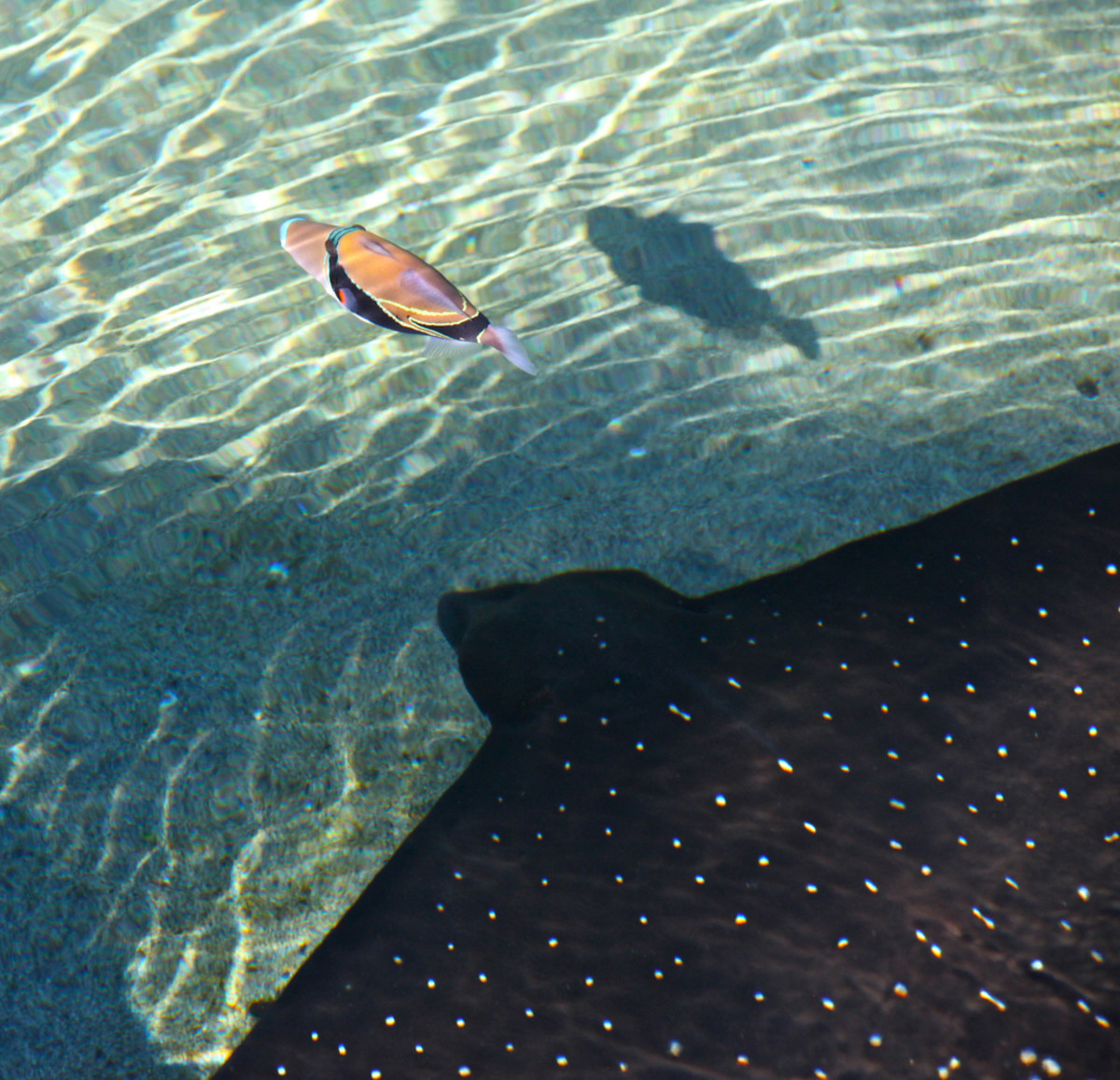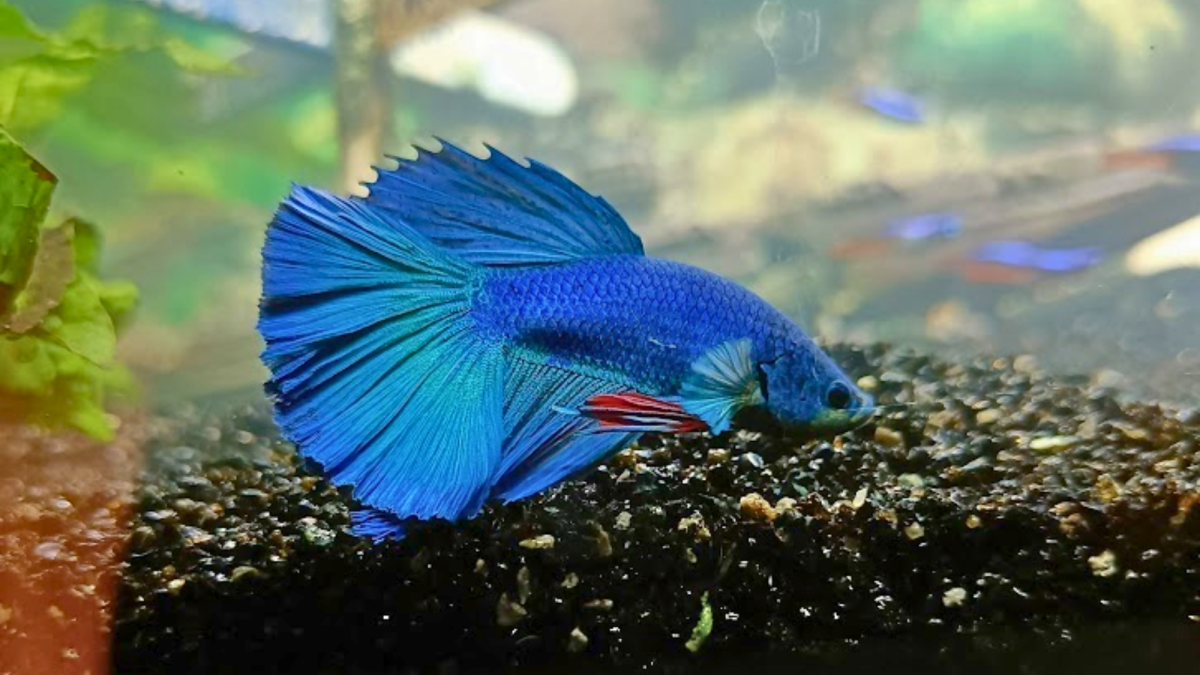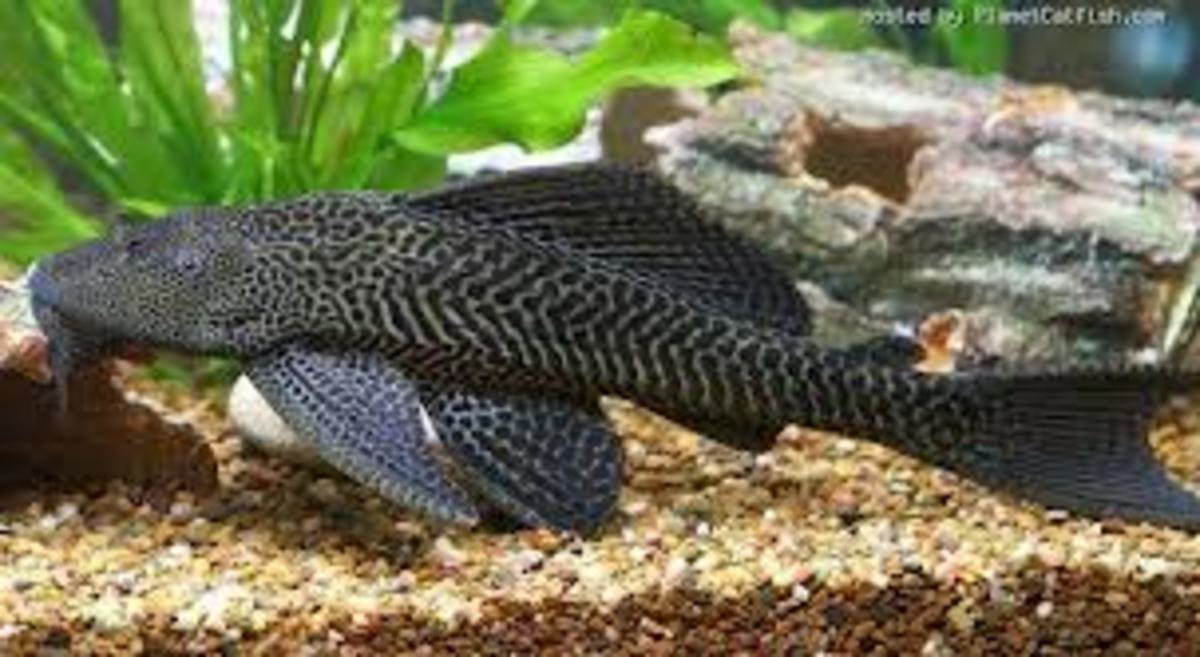- HubPages»
- Pets and Animals»
- Tropical Fish & Aquariums»
- Marine Aquarium Animals
Coral Beauty Angelfish : Facts On The Coral Beauty Angelfish
Coral Beauty Angel
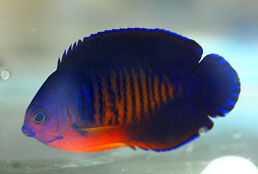
Coral Beauty Angelfish Facts
Scientific Name : Centropyge Bispinosus
Origin : Indo-pacific
Difficulty : Medium
Minimum Tank Size : 50 gallons
Temperament : Semi-Aggressive
Temperature : 72 - 82°F
Reef Safe : With Caution
Maximum Size : 4 inches
Diet : Omnivore
The Coral Beauty Angelfish is a commonly available marine angelfish that sits firmly within the lower price range bracket, $15 to $20 should net you this fish just about anywhere.
And its popular too, the combination of flame like coloration on a deep blue angelfish plus the price is bound to make this angel a popular fish among Centropyge enthusiasts.
Coral beauty in an aquarium
The coral beauty angelfish is a commonly available marine angelfish that is far cheaper than something like a Flame Angelfish. $15 to $20 should net you this fish just about anywhere. And its popular too, the combination of flame like coloration on a deep blue angelfish plus the price is bound to make this angel a popular fish among hobbyists.
These saltwater angelfish are collected heavily for the trade, and some of them have been known to have been caught with the use of cyanide, particularly those from the Phillipinnes. Its no surprise then that coral beauty angelfish from the Phillippines tend to fare poorly in the saltwater aquarium. Fish caught with cyanide tend to have "goosed" coloration, meaning brighter than usual colors. They may do fine for a month and then suddenly perish inexpicably. Choose your specimens with care.
Coral Beauty With A Flame Angel
Temperament and Tank Size
The coral beauty angel can reach 4, maybe slightly more inches so in the interest of allowing room to breathe i'd suggest at least a 50 gallon. And that's on the low side. Like all other members of the centropyge genus, they have been known to nip corals. Also, they can be aggressive, especially towards conspecifics so avoid putting two coral beauty angelfish in the a small tank or at least make sure they're a mated pair. Fights between marine angelfish are not pretty as one can end up getting killed eventually.
Coral Beauty Angelfish : Diet
All dwarf angelfish are grazers in the wild. Throughout the day they scan the rock for food, much like surgeonfish. They consume algae, tiny crustaceans and sometimes even detritus.
They should be given a balanced diet in a saltwater aquarium. Foods from many food groups should be given for variety. Never feed them a specific type of food for too long. Although there are some hobbyists that feed them new life spectrum pellets for prolonged periods of time with no ill effects. They all looked very healthy in fact.
They should be offered nori/algae sheets in addition to a balanced frozen food (Formula One, Formula Two) and a good pellet like those produced by New Life Spectrum.
Ocean Nutrition produces the perfect food for dwarf angels, Pygmy Angel Formula. In an effort to provide a balanced and nutritious diet, a wide variety of ingredients are used such as kelp, shrimp, vitamins and trace minerals, krill, squid, algae and many others. Prior to freezing, the cubes are mixed with these ingredients. Unfortunately Pygmy Angel Formula is only available in frozen form.
I am not a fan of brine shrimp as nutritionally, they're garbage. Adult frozen brine shrimp are nothing more than roughage, which is fibre. Foods that are far superior like krill or mysis shrimp also have fibre. Enriched artemia should be chosen for your dwarf angelfish if you insist on feeding artemia. Enriched artemia that were fed a nutritious food prior to freezing are known as enriched brine shrimp. So they are more of carriers of nutrition. As long as their yolk sacs are still intact, newly hatched brine shrimp are a nutritious food to offer. Once that's gone they become garbage again.
Coral Beauty Angelfish in huge angelfish community tank
Coral Beauty Angelfish : Breeding
Breeding the coral beauty angel is very difficult. Breeding any dwarf angelfish is tough. The ones that have pulled it off normally have big bucks funding their operation. Reef Culture Technologies of Hawaii is one of the few companies that have successfully raised centropyge angels. In fact, they, along with three others pioneered the breeding process. However they focused their efforts on high value marine angelfish such as the flame angel or the Joculator angel as opposed to cheaper species like the centropyge bispinosus.
To the average hobbyist with a more than usual interest in breeding, it is near impossible to rear dwarf angelfish larvae. The same goes for small scale breeders.
The Best Books on Saltwater Angelfish

Centropyge Species Guide List
Cherub Pygmy Angelfish - Centropyge Argi
Coral Beauty Angelfish - Centropyge Bispinosus
Eibli Angelfish - Centropyge Eibli
Fishers Angelfish - Centropyge Fisheri Flameback Angelfish(African) - Centropyge Acanthops Flameback Angelfish(Brazilian) - Centropyge Aurantonotus Golden Angelfish - Centropyge Aurantia Heralds Angelfish - Centropyge Heraldi Lemonpeel Angelfish - Centropyge Flavissima Multibarred Angelfish - Centropyge Multifasciata Multicolor Angelfish - Centropyge Multicolor Potters Angelfish - Centropyge Potteri


